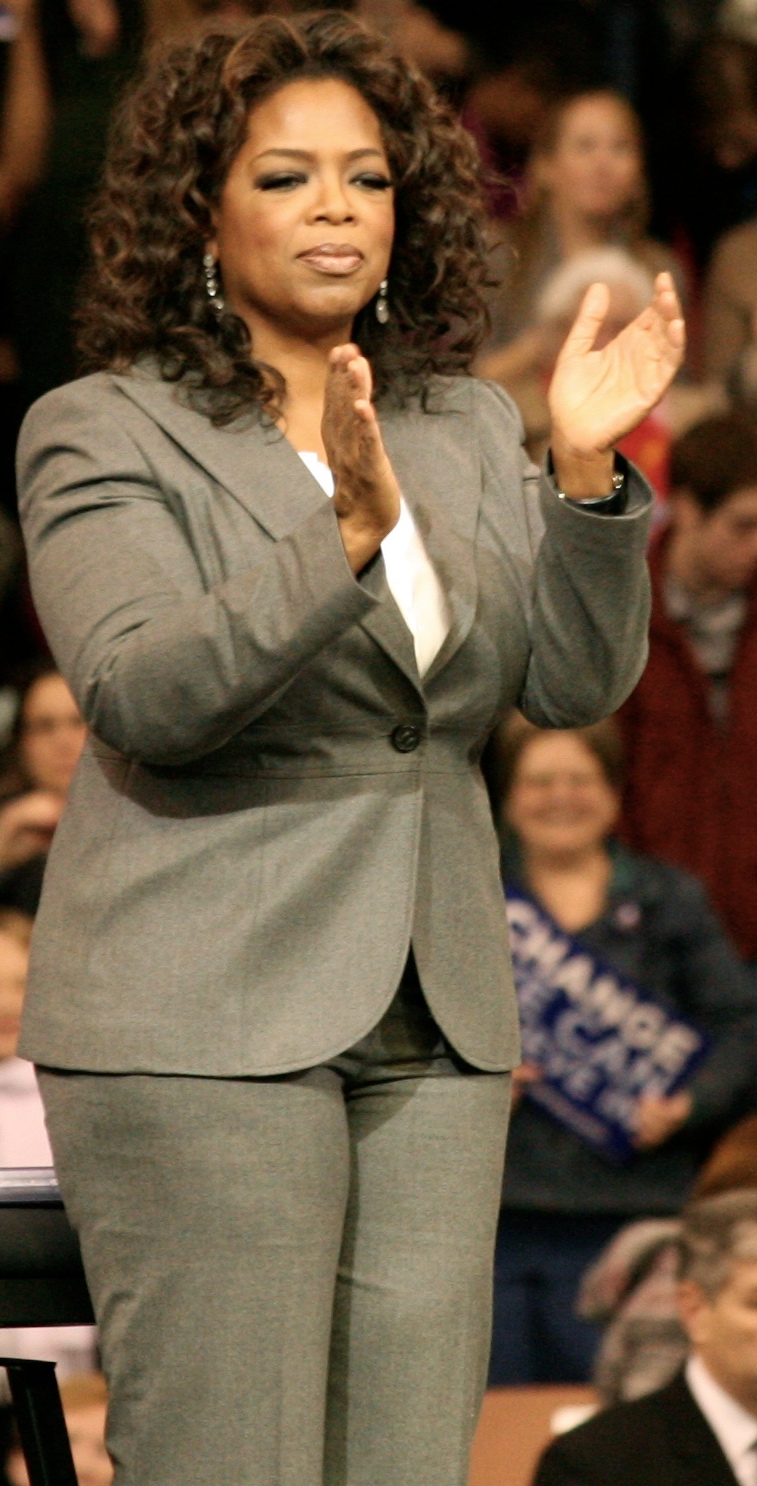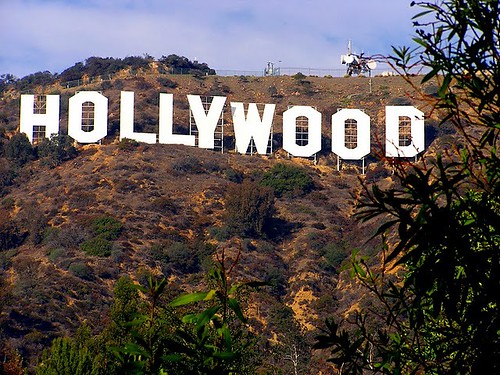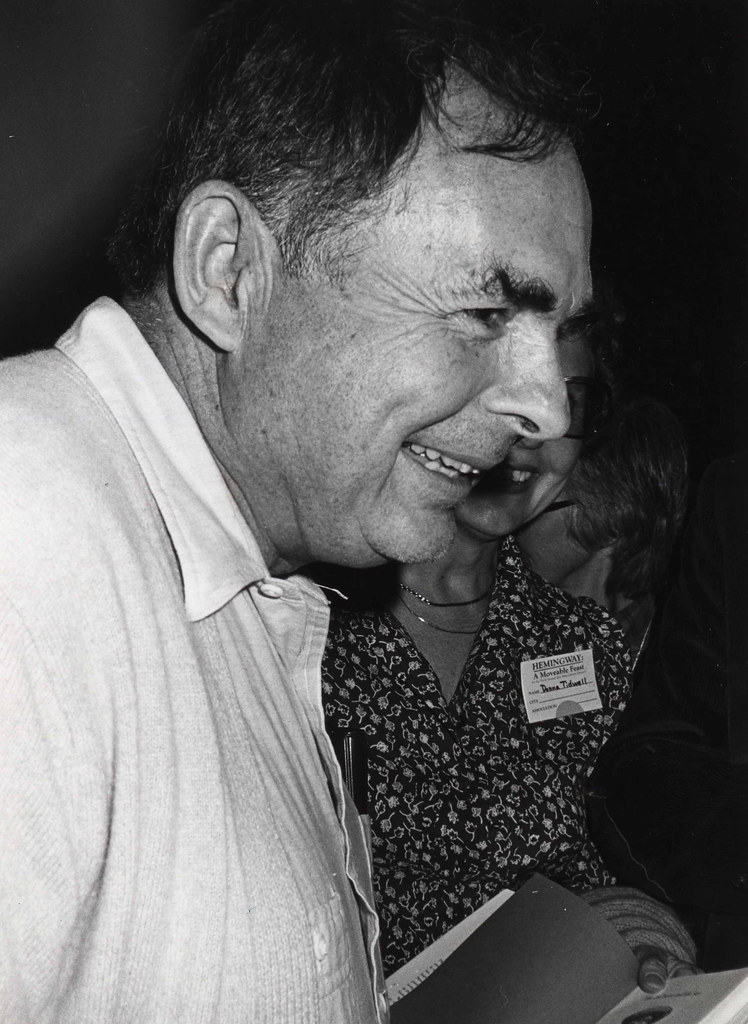
Patrick Hemingway, the last surviving child of the eminent American novelist and Nobel laureate Ernest Hemingway, passed away on Tuesday at the age of 97. His death, confirmed by his grandson, Patrick Hemingway Adams, in Bozeman, Montana, marks the end of a remarkable life intertwined with one of the twentieth century’s most significant literary figures, yet distinguished by its own profound adventures and dedicated stewardship. This extensive life was lived against a backdrop of both personal accomplishment and profound family history.
Born into a world of literary prominence and ceaseless travel, Patrick Hemingway forged an identity that, while deeply connected to his father’s legacy, carved its own distinct path. His experiences spanned continents, from the formative years spent in diverse locales alongside his famous parent to decades immersed in the wildlife and landscapes of Africa. His contributions ranged from academic pursuits to hands-on conservation, all while diligently managing and interpreting the vast posthumous works of his father.
This article delves into the various facets of Patrick Hemingway’s life, illuminating the experiences and decisions that shaped him, the significant role he played in preserving and promoting his father’s work, and the personal strength he demonstrated amidst the unique challenges of his lineage. We explore the multifaceted journey of a man who navigated the complexities of a storied name with grace, intellectual curiosity, and an enduring sense of purpose.
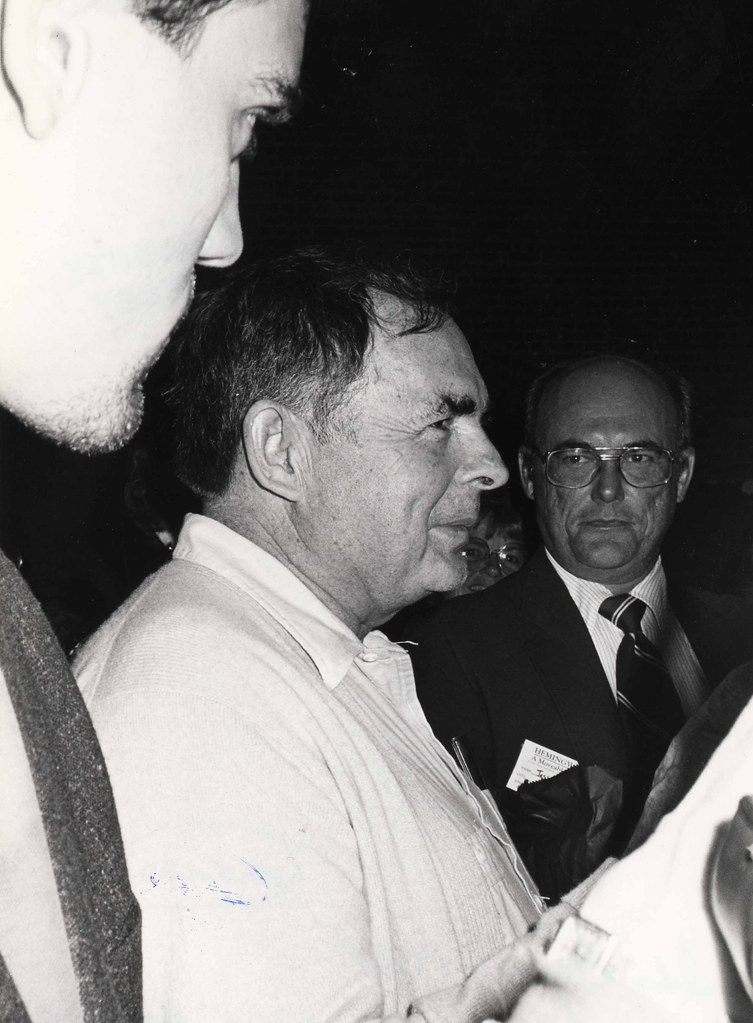
1. **Passing and Grandson’s Confirmation**: Patrick Hemingway, the second of Ernest Hemingway’s three sons, died on Tuesday, September 3, at his residence in Bozeman, Montana. His passing at 97 years old was confirmed through a statement released by his grandson, Patrick Hemingway Adams. This announcement brought to light the conclusion of a life that spanned nearly a century, deeply connected to one of the most iconic names in American literature.
Adams’s statement offered an intimate glimpse into his grandfather’s character, painting a portrait of a complex individual. He described Patrick Hemingway as “the real thing: a larger than life paradox from the old world; a consummate dreamer saddled with a scientific brain.” This description highlights a unique blend of practicality and profound creativity that defined much of Patrick’s journey.
The grandson further elaborated on his grandfather’s intellectual and artistic inclinations. He noted that Patrick “spoke half a dozen languages and solved complicated mathematical problems for fun.” Yet, despite these academic and logical aptitudes, Adams emphasized that his grandfather’s “heart truly belonged to the written and visual arts,” underscoring a deep-seated appreciation for creative expression that mirrored, in some ways, his father’s own passions.
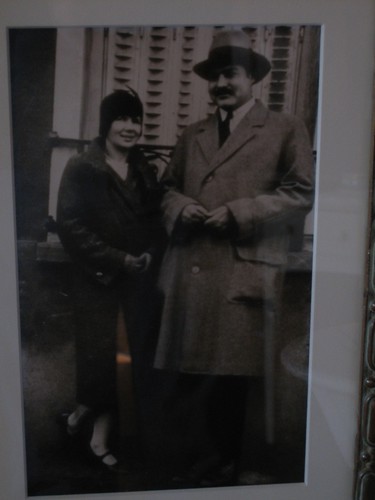
2. **Early Life and Parental Background**: Patrick Miller Hemingway was born on June 28, 1928, in Kansas City, Missouri. This birth occurred during a stopover in his parents’ extensive travels, characteristic of the nomadic lifestyle that would define much of his early years. His mother was Pauline Pfeiffer, the second of Ernest Hemingway’s four wives and a wealthy Roman Catholic American journalist who had served as Vogue’s correspondent in Paris.
Pauline Pfeiffer married Ernest Hemingway in Paris in 1927, following a swift romance and Ernest’s conversion to Catholicism. The early years of Patrick’s life were therefore shaped by this union and his parents’ international inclinations. He was the second of the author’s three sons, placing him within a notable lineage from birth.
His childhood was marked by frequent relocations, as his father rarely remained in one place for extended periods. The family resided in a diverse array of locations, including Cuba, Spain, Wyoming, and Key West, Florida, before Ernest and Pauline divorced in 1940, when Patrick was 12 years old. This peripatetic upbringing undoubtedly provided him with a broad, albeit unconventional, education in the world.
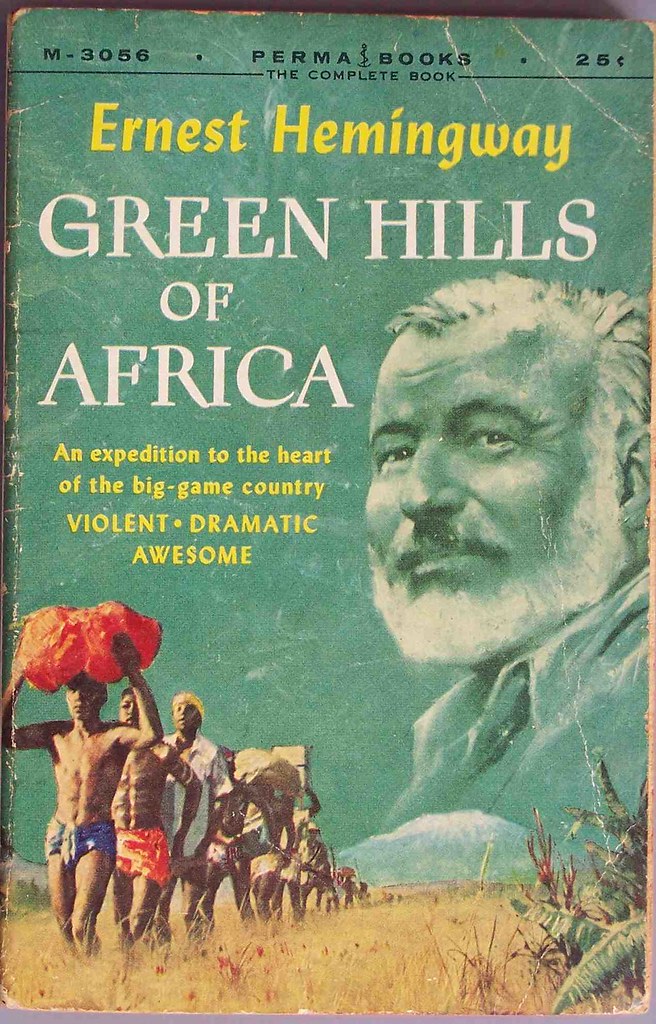
3. **Inspiration for Africa**: The allure of Africa was deeply ingrained in Patrick Hemingway from his earliest recollections, a fascination significantly cultivated by his father’s experiences and literary works. He vividly recalled his father’s various “trophy mounts” of animals, which were “tastefully distributed throughout every room” of their Key West house. Among these striking displays was a wildebeest, which famously hung in the bedroom shared by Patrick and his brother Gregory, a constant reminder of the wild continent.
These tangible representations of African adventures, combined with his father’s 1935 nonfiction book, “Green Hills of Africa,” a compelling account of a monthlong safari with Pauline in 1933, solidified East Africa as a “dream destination” for Patrick. The book vividly depicted experiences such as the “thrilling terrors of a charging rhino that Ernest shot dead in Tanganyika,” igniting a profound desire for similar expeditions within the younger Hemingway.
The displays and narratives collectively transformed East Africa into what Patrick described as a “promised land.” This early exposure to the romance and danger of the African wilderness left an indelible mark on his imagination, setting the stage for his eventual decision to immerse himself fully in the continent’s profound landscapes and diverse ecosystems. This powerful early influence underscored a significant aspect of his later life’s trajectory.

4. **Education and Move to Africa**: Patrick Hemingway’s academic journey included attending Canterbury, a Catholic boarding school in New Milford, Connecticut, from which he graduated in 1946. Following this, he spent two years at Stanford University before ultimately graduating from Harvard University in 1950. At Harvard, he earned a bachelor’s degree, focusing his studies on art history and literature, disciplines that resonated with his innate intellectual curiosity and artistic leanings.
It was in 1950, the same year he completed his studies at Harvard, that Patrick married Henrietta Broyles. The couple’s life trajectory took a pivotal turn after his mother, Pauline Pfeiffer, passed away in 1951. Using inheritance money, Mr. Hemingway and his wife made the momentous decision to relocate to Africa, a continent that had captivated his imagination since childhood.
This move was not merely for adventure but for a new way of life. They settled in Tanganyika, now known as Tanzania, where Patrick purchased a substantial 2,300-acre farm. This significant decision marked the beginning of his deep, sustained engagement with Africa, laying the groundwork for many of his subsequent professional and personal endeavors on the continent, far from the literary circles of his birth.

5. **Life and Career in Africa: Farm & Safari Guide**: Upon settling in Tanganyika, Patrick Hemingway leveraged his inheritance to establish a substantial 2,300-acre farm. This enterprise served as his initial foray into a hands-on connection with the African landscape, channeling his “previous studies and passion for agriculture.” This period marked the beginning of his practical engagement with the land and its resources, demonstrating a commitment to the continent beyond mere tourism.
His passion for the outdoors and his burgeoning knowledge of the local environment naturally led him into the realm of professional safaris. He worked for two years on commercial safaris, gaining invaluable experience in guiding and understanding the intricate ecosystem. This experience honed his skills as a big-game hunter and an astute observer of wildlife, deeply immersing him in the culture of African expedition.
In 1955, Patrick founded his own safari company in Tanganyika. Through this venture, he guided paying patrons through some of Africa’s most iconic wildlife reserves, including Serengeti National Park, renowned for its free-roaming elephants, lions, leopards, Cape buffaloes, and rhinos. He also led excursions to Kilimanjaro National Park, home to Africa’s highest peak, solidifying his reputation as a skilled and knowledgeable safari expert and honorary game warden in British East Africa.
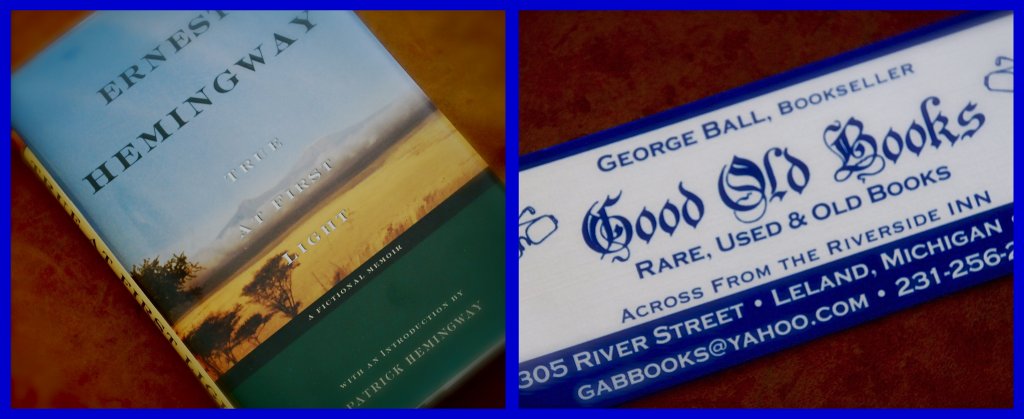
6. **”True at First Light”: The Ambitious Undertaking**: Patrick Hemingway embarked on perhaps his most ambitious project when he undertook the editing of “True at First Light,” a fictionalized account of Ernest Hemingway’s time in Africa during the mid-1950s. This manuscript, which blended fiction and memoir, was left unfinished by his father at the time of his death. Ernest Hemingway had written approximately 200,000 words for the project, a substantial volume that remained incomplete.
Patrick assembled the 1999 release from some 800 pages of these manuscripts, demonstrating a significant editorial effort. He meticulously cut the length by more than half, aiming to distill the essence of his father’s intended narrative. His understanding of the story was informed by discussions with his father during the 1953-1954 African expedition, where Ernest first shared his plans for the book.
Despite the diligent effort and the high anticipation surrounding its release, “True at First Light” ultimately disappointed both readers and critics. Some detractors even “faulted Patrick for exploiting the family name,” highlighting the complex challenges of completing and presenting a famous author’s posthumous work. Nonetheless, it represented a significant, if controversial, contribution to his father’s literary canon.
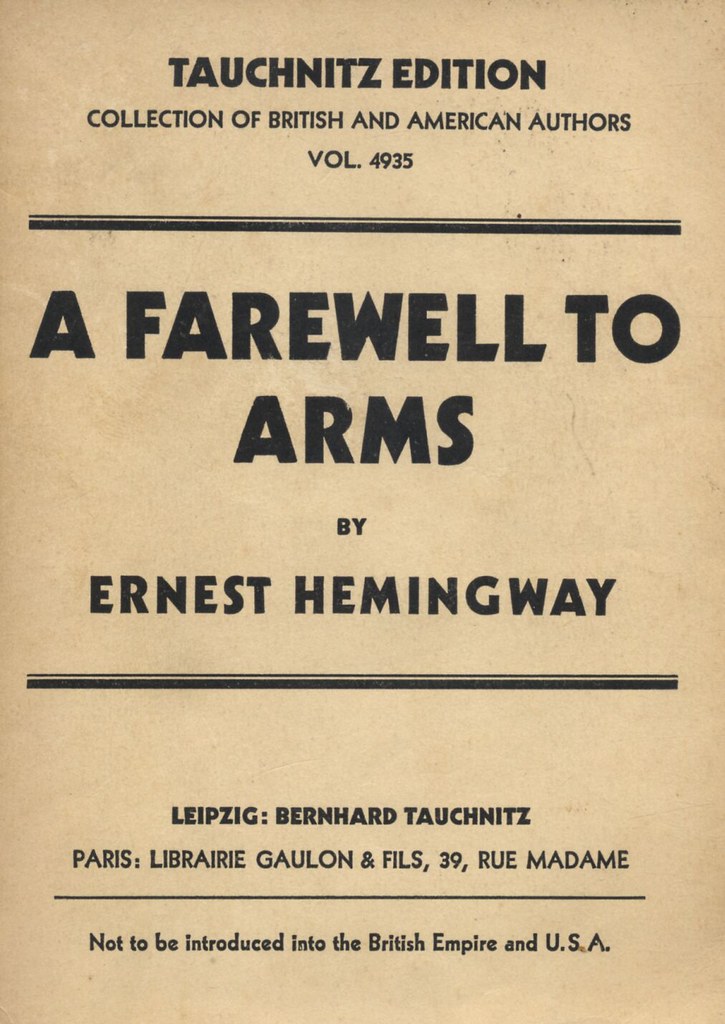
7. **Executor of the Estate: Literary Stewardship**: As an executor of his father’s literary estate, Patrick Hemingway assumed a crucial role in safeguarding and managing Ernest Hemingway’s intellectual property. He famously remarked, “I was the only person who seemed to be interested, and I was uniquely qualified,” a testament to his unique position and commitment. This responsibility encompassed making decisions that directly impacted the public’s access to and perception of his father’s works.
One of his primary duties involved approving reissues of classic works, ensuring their continued presence in the literary landscape. He sanctioned new editions of foundational texts such as “A Farewell to Arms” and “A Moveable Feast.” These reissues often featured “revised texts and additional commentary from the author’s son and others,” providing fresh perspectives and contextual insights for new generations of readers.
Furthermore, Patrick also contributed directly to these reissues with his own literary input. He wrote a foreword to the 2016 edition of “Green Hills of Africa” and a foreword to a 2009 edition of his father’s Paris memoir, “A Moveable Feast,” which had been recast by his nephew, Seán Hemingway. In 2012, he contributed a foreword to an edition of “A Farewell to Arms” that included 47 alternate endings his father had once suggested, demonstrating his deep engagement with the textual nuances of his father’s writing.”
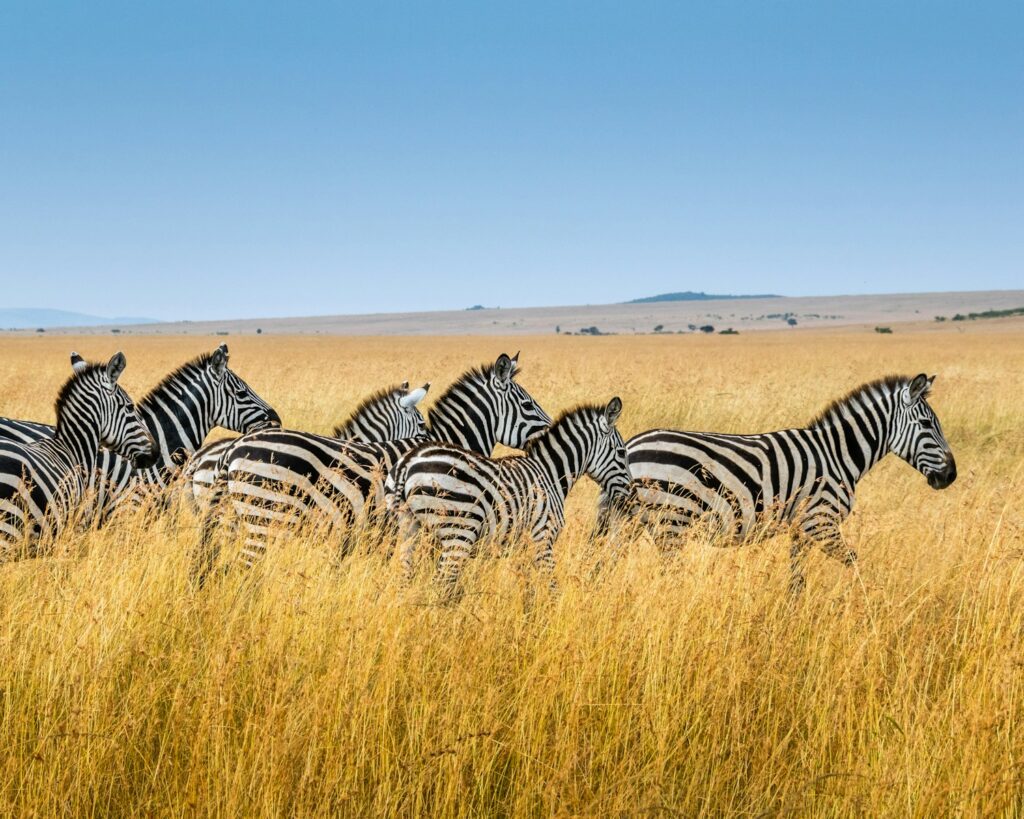
8. **Teaching Wildlife Management and UN Role**: Following his active years as a safari guide and the establishment of his own company in Tanganyika, Patrick Hemingway transitioned into a more academic and public service-oriented role. He eventually gave up his safari business in the early 1960s, a decision influenced by his first wife Henrietta’s illness. This pivotal change did not diminish his deep commitment to Africa or his passion for its natural world; rather, it channeled his expertise in a new, impactful direction.
For more than a decade after his safari ventures, Patrick dedicated himself to education and conservation. He taught wildlife conservation at the College of African Wildlife Management in Tanzania, sharing his extensive practical knowledge and experience with aspiring conservationists. This role allowed him to contribute significantly to the preservation efforts of the continent’s diverse ecosystems, fostering a new generation of stewards for Africa’s irreplaceable wildlife.
Beyond his teaching endeavors, Patrick Hemingway also served as a forestry officer for the United Nations Food and Agriculture Organization. This position underscored his broader dedication to sustainable land management and resource preservation on a global scale. His work with the UN demonstrated a consistent theme in his life: a profound engagement with the natural environment and a commitment to its thoughtful stewardship, far removed from purely literary pursuits.

9. **Return to the United States and Life in Bozeman**: Patrick Hemingway’s deep ties to Africa eventually saw a shift when, in 1975, he returned to the United States. This move brought him and his daughter, Edwina, known as Mina, to Bozeman, Montana, a state that held a different kind of natural beauty and connection for the Hemingway family, as his father had spent final years in the neighboring state of Idaho. This relocation marked a new chapter, settling him in a location where he would reside for the remainder of his long life.
Life in Bozeman introduced another significant personal relationship when Patrick married Carol Thompson in 1982. Thompson, a theater arts professor at the City College of New York, brought a different intellectual and artistic dimension to his life. Their marriage lasted for over four decades, concluding with Carol’s passing in 2023, just two years before Patrick himself died.
During his decades in Bozeman, Patrick remained engaged with his father’s legacy, often reflecting on his memories. While geographically distant from the African plains, his mind frequently revisited those vivid experiences, as well as the more distant past of his childhood with his famous father. His settled life in Montana contrasted sharply with the peripatetic existence of his early years and the adventurous decades spent in Africa.
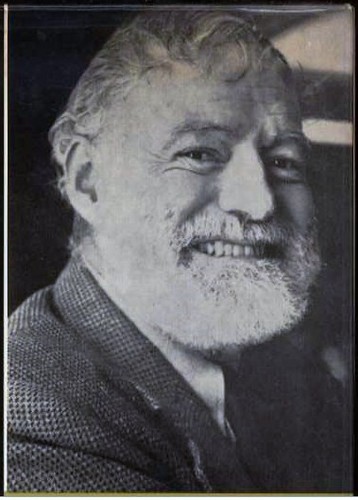
10. **Personal Reflections on His Father**: Patrick Hemingway often spoke openly about his relationship with his celebrated father, offering insights that were both affectionate and candid. In a 2008 interview with NPR, he recounted memories spanning his father’s life, from being a young boy receiving whiskered kisses to later adventures in Africa. He stated, “I remember him in every stage of his life,” indicating a deep, continuous connection.
His admiration for his father was also evident in the 2022 book, “Dear Papa: The Letters of Patrick and Ernest Hemingway,” a collection of 120 letters exchanged over three decades. These letters reveal a mutual affection and shared passions, particularly for hunting and fishing. Ernest Hemingway himself expressed this bond, writing to Patrick, “I would rather fish with you and shoot with you than anybody that I have ever known since I was a boy and this is not because we are related.”
Patrick viewed his father not just as a literary giant but as a complex individual, impacted by his struggles. In a 2023 interview with CBS television affiliate KBZK in Bozeman, Patrick acknowledged his father’s alcohol abuse likely contributed to his depression and suicide. Despite the tragic end, he maintained a nuanced perspective, noting, “Under proper treatment, he would have had a nice old age,” then adding with a laugh, “Although there’s no such thing as a nice old age,” a reflection on mortality that perhaps only a man nearing a century could offer.
Patrick often expressed that he never felt diminished by living in his father’s immense shadow. “I enjoyed being his son,” he stated in a 2023 interview with The Times. “It didn’t bother me because I don’t think that I was terribly ambitious. I never was. I didn’t want to win a Nobel Prize.” This sentiment underscores his unique and content approach to his lineage, valuing the shared experiences and connection over personal accolades.
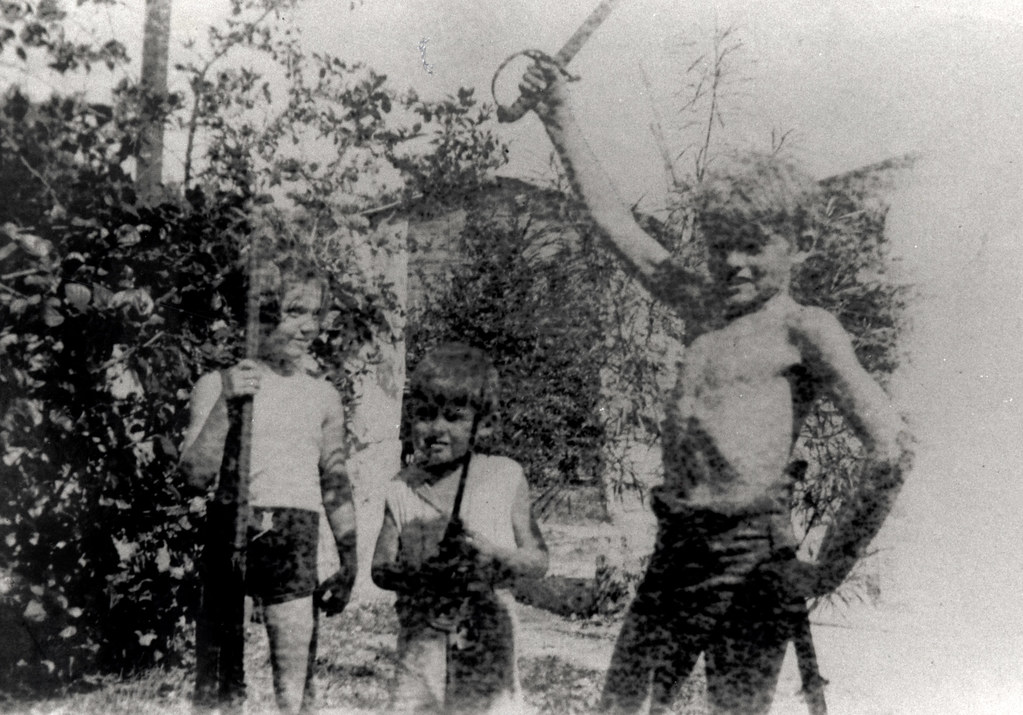
11. **Contrast with His Brothers and Family Dynamics**: Within the complex tapestry of the Hemingway family, Patrick’s relationship with his father stood in notable contrast to that of his younger brother, Gregory. While Gregory Hemingway’s relationship with their famous parent was deeply troubled, Patrick consistently spoke proudly of his background and embraced the opportunities that came with the family name. This divergence in familial relationships highlights the varied impacts of growing up under such an iconic shadow.
Patrick’s ability to maintain a positive connection was perhaps rooted in shared interests and a complementary disposition. He recalled, “Most of the things that he liked, I liked, too,” particularly “reading and literature.” This resonance, he explained, meant “We were on the same wavelength,” fostering a rapport that transcended the typical father-son dynamic and allowed for genuine mutual respect and enjoyment.
The broader family narrative, however, was marked by significant challenges, including a disturbing pattern of suicide and mental illness. Ernest Hemingway’s father, Clarence, died by suicide in 1928, and Ernest himself took his own life in 1961. Gregory Hemingway struggled profoundly with alcoholism and depression, eventually dying in a jail cell in 2001 after an arrest. Patrick’s half-niece, Margaux Hemingway, also tragically died from an overdose in 1996. Even the eldest brother, Jack Hemingway, passed away in 2000.
Patrick, however, navigated these profound familial difficulties with remarkable resilience and longevity. His ability to carve out a meaningful life, filled with unique adventures and contributions, while maintaining a healthy perspective on his famous lineage and its accompanying struggles, sets him apart. He bore the family name with an admirable lightness and purpose.

12. **Commercial Expansion of the Hemingway Estate**: As an executor of his father’s literary estate, Patrick Hemingway’s responsibilities extended beyond the preservation of manuscripts and the reissuing of classic texts. He also played a role in the commercial ventures that diversified the estate’s offerings, sometimes leading to unexpected reactions among dedicated admirers of his father’s work. This commercial expansion illustrated a pragmatic approach to managing the enduring brand of Ernest Hemingway.
The estate, under his oversight, ventured beyond traditional literary products. It began offering a range of merchandise that included clothing, eyewear, rugs, and notably, “Papa’s Pilar Rum.” This move, while aimed at broadening the commercial appeal and financial stability of the estate, did, at times, unsettle some of Hemingway’s purist admirers, who viewed it as a departure from the author’s literary gravitas.
Patrick himself acknowledged the commercial imperative behind his involvement in his father’s work. When asked by NPR if he frequently read his father’s writings, he frankly responded, “Pretty often, because I have a commercial interest. … I have to read it in order to be competent in the marketing of it and the management of it.” This statement reveals a clear business-oriented perspective, balancing artistic legacy with practical financial management.
His role as executor was one he took seriously and with a sense of unique qualification. He stated in a 2023 Times interview, “I was the only person who seemed to be interested, and I was uniquely qualified.” This sense of duty and capability underscored his commitment to his father’s legacy, even when it involved navigating the less conventional aspects of intellectual property management and brand extension.
Patrick Hemingway’s life, stretching across nearly a century, serves as a poignant reminder that even amidst the towering shadow of a literary giant and the profound challenges within a famous family, an individual can forge a unique and purposeful path. His journey, from the early allure of Africa to the dedicated stewardship of a literary empire and a long life in Bozeman, offers a compelling narrative of adventure, responsibility, and an enduring connection to both nature and legacy. He was, in his grandson’s words, “the real thing,” a true paradox who lived a life as rich and complex as any tale his father might have penned.

